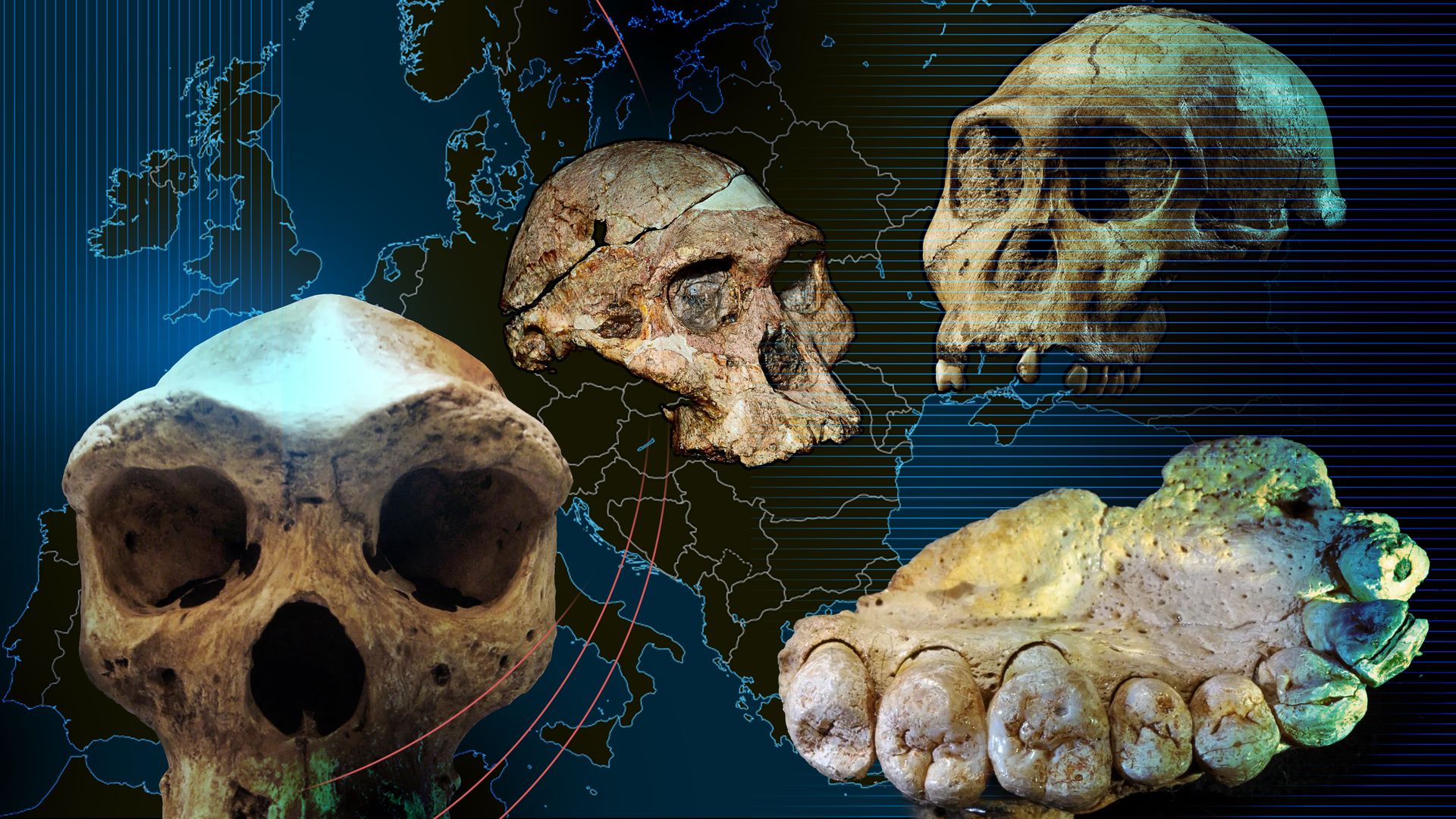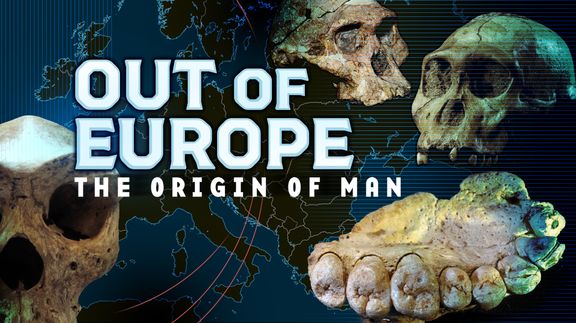

Out of Europe
For the last hundred years, the development of modern mankind was primarily explained through the so-called "Out of Africa" theory, which claims that the development of humans and apes happened primarily in Africa. But in recent years, bone finds much older than the earliest finds from Africa have challenged that belief.
For the last hundred years, the development of modern mankind was primarily explained through the so-called "Out of Africa" theory, which claims that the development of humans and apes happened primarily in Africa. But in recent years, bone finds much older than the earliest finds from Africa have challenged that belief.
Related Articles
View AllAfter 3.2 Million Years, 'Lucy' Has Her 50th Anniversary
Fifty years ago, paleontologists discovered the 3.2 million-year-old skeleton of a diminutive ancestor of modern humans who towers over our understanding of human origins. They…